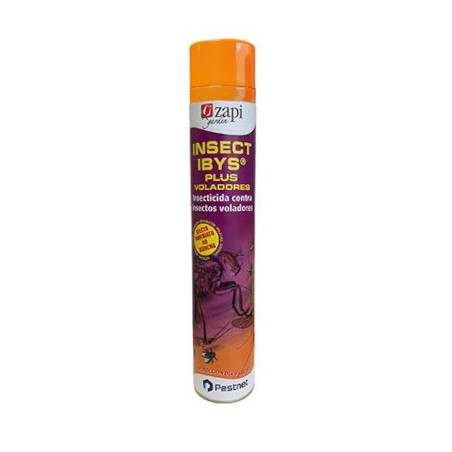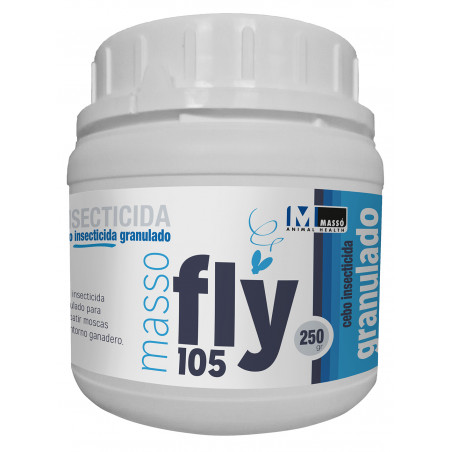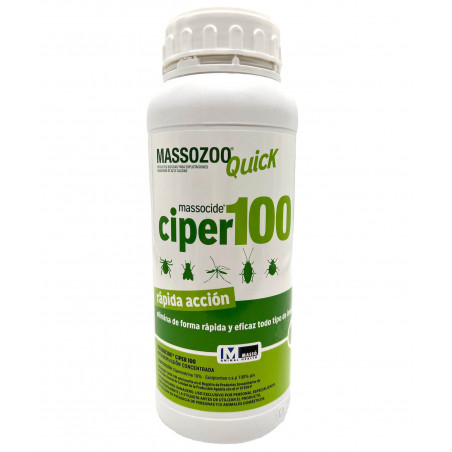Currently, Salmonella in pigs is mainly regarded as a public health issue. Meat and meat products from pig carcasses contaminated with Salmonella are the main source of human infections attributable to pigs, and the arrival of pigs that are shedding Salmonella to the abattoir is the main factor regarding the contamination of these carcasses. Its control on the farm is complex, with actions that range from the increase in hygiene and biosecurity measures to changes in the management of the animals or introducing diets or additives in the water or the feed that help to control the infection at an intestinal level (fermented liquid feeding, prebiotics, probiotics, organic acids, essential oils, etc.).
Nevertheless, none of these measures alone seems to be optimal, and it is always necessary to implement them together with others, with better or worse results. Vaccination is starting to appear as a new tool that could help in the on-farm control of this problem. In fact, the vaccination against Salmonella has been the key strategy in the reduction of the prevalence of the infection with Salmonella in breeding and laying hens. Currently, the prevalence of the infection in poultry is almost 0%, the final objective being its total eradication on the farms. Could the vaccination against Salmonella in pigs be as crucial as it has been in poultry?

The truth is that although the risk factors for the infection with Salmonella are similar both in poultry and pigs (insufficient cleaning and disinfection between batches; contamination of feed and water; health status of the animals, cross-contamination due to contaminated boots and tools; animal density; presence of vectors such as rodents, beetles, wild birds, and flies; contamination during transport to the abattoir, etc.), both the dynamics of the infection in poultry and the production systems differ substantially with respect to pigs. The vertical transmission of Salmonella through the egg, that is one of the main risk factors to bear in mind in the eradication programs in poultry, has been widely eliminated by the efficacy of a correct vaccination of the breeding hens, that therefore produce Salmonella-free chicks. The strict control (biosecurity) of the buildings where these chicks are fattened has made the rest. In summary, vaccination has been crucial, together with biosecurity and management, in these national Salmonella control programs in poultry.
The situation in pigs is different. The pig production cycle is much longer, with more production stages and much more difficult to 'close' through biosecurity measures due to the greater movements of animals between buildings/farms. And although there is no vertical transmission, the suckling piglets become infected with Salmonella (from the dam's feces or the environmental contamination on the farm), and also later on during the nursery and the fattening stages.
The vaccine against Salmonella can be used with the aim of controlling the clinical infection or to reduce the excretion of the bacterium by subclinically infected animals. The studies show that, in general, the vaccination is effective for the control of clinical outbreaks related to the most pathogenic serotypes: S. Choleraesuis and S. Typhimurium (and probably its monophasic variant). But the situation changes when what we want is to try to avoid the excretion in the abattoir with the goal of protecting the consumers from the infection. In this case, there are many strains and serotypes to control, and they frequently belong to different antigenic groups from that of the vaccine antigen, with crossprotection problems. Due to this, in this last case, the focus has been set on the control of the excretion of S. Typhimurium and its monophasic variant, that are the serotypes related to pigs with a higher zoonotic role.
Therefore, in the first place we will have to determine which of these serotypes circulate on the farm, and if that is the case, consider a vaccination strategy. There are several strategies that we can implement depending on the kind of farm, age and production stages. For instance, a vaccination before farrowing to boost the passive immunity in the piglets through the colostrum; the vaccination of suckling piglets to try to reduce the infection at weaning, at the nursery, or even at the fattening stage; or the vaccination of animals in the fattening stage.
The assessment of the efficacy of these vaccines in pigs is not easy. Although many studies have been published regarding this, the results obtained have been very variable. In one of the most recent studies (Smith et al., 2017), the systematic vaccination of the sows with a live vaccine reduced the prevalence of Salmonella on farrow-to-finish farms, in all of its production stages, and specially in the pigs sent to the abattoir. They also saw a decrease in the environmental contamination with this pathogen, but its elimination on the farms was not envisaged unless other supplementary control measures were implemented. Another study (de la Cruz et al., 2017), that analysed a great number of previous studies through meta-analysis techniques, came to the conclusion that the majority of the vaccination studies show a beneficial effect, although variable, derived from vaccination, regardless of the kind of vaccine (live or inactivated) or the protocol used for the vaccination (dose, age, etc.). According to this study, vaccination reduced by 28.6% (95% CI: 22.4 to 34.7) the number of samples (mainly faeces) yielding a positive culture.
The general conclusion that we can draw is that the vaccination against Salmonella in pigs should have a somehow different focus to that in poultry farming, as it has not been able to reach the same percentages regarding the reduction in prevalence. It would therefore become an additional strategy within an on-farm control program, where the number of actions to carry out to reduce the infection pressure will depend on the on-farm prevalence and the serotypes present.








